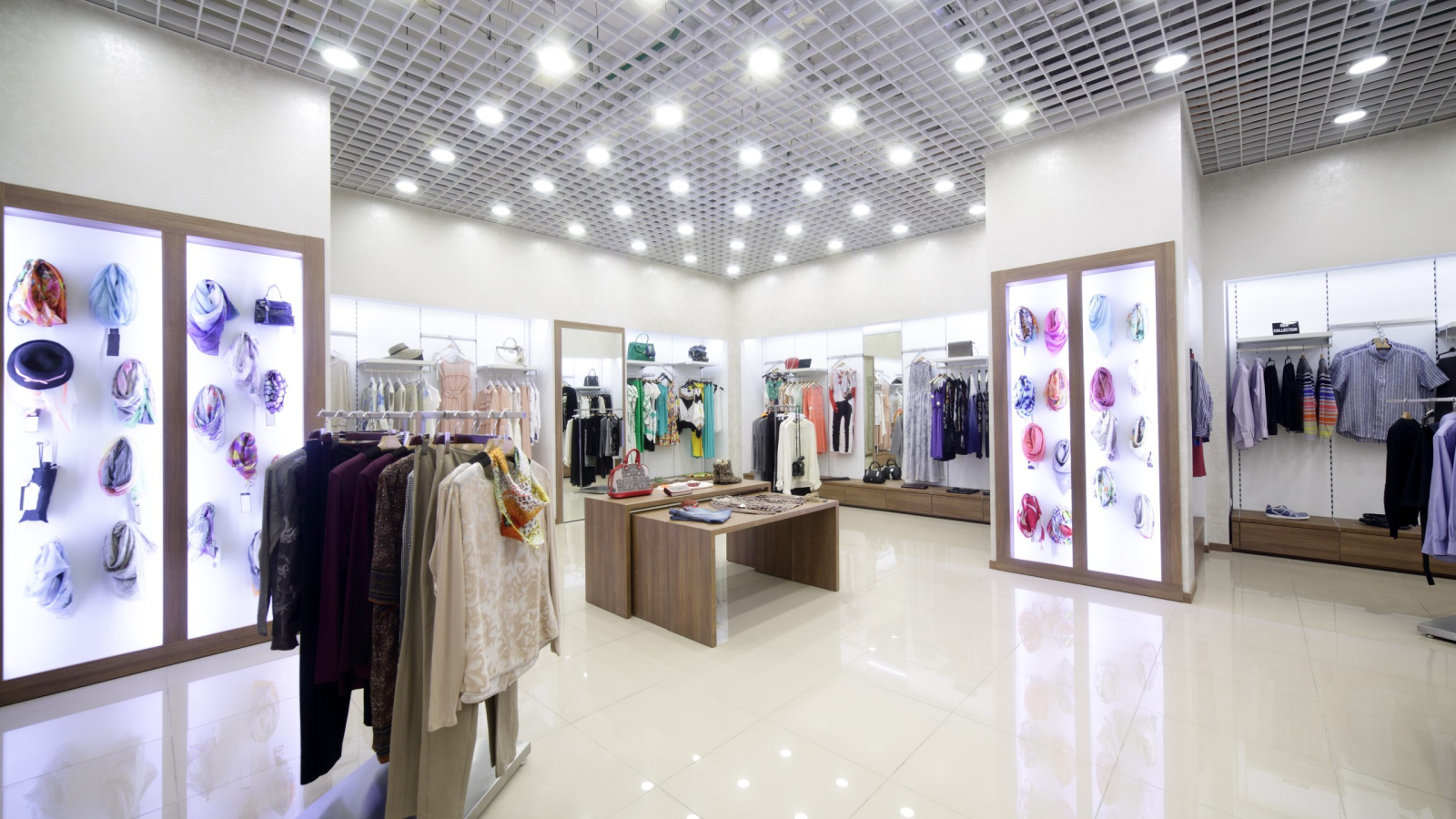Location: Dornbirn, Austria
Sector: Manufacturing
Project: Training documents
Language(s): German, English
Quote: “The training materials' accuracy, precision and consistency will empower sales staff to make authoritative recommendations to customers, ultimately increasing global sales.”
The project
A recent highlight was a German to UK English translation project we completed for one of our regular end clients, a specialist lighting company with headquarters in Austria.
We were tasked with translating a PowerPoint presentation to be used for internal training. The presentation outlined the suitability of lighting solutions for different contexts and applications, including agriculture and the food industry.
Focusing on the lighting systems’ resistance to chemicals, impacts and ingress by liquids and foreign bodies, the presentation included detailed information about standards and certificates met by each lighting solution.
Challenges and solutions
Challenge 1: Specialisation
The text covered a range of specialised fields, from animal husbandry to the food industry.
Solution/Impact: Our thorough and targeted research meant we could use highly technical terminology and concepts with accuracy while ensuring the text was easy to understand, even for non-experts. For terminology relating to the core specialisation of our client, we used our client glossary, which helped us to keep our translation consistent within the text and with other translations commissioned by the company.
Our client can now provide English-speaking employees with clear, informative and consistent training in specific technical areas. Giving employees accurate information and a consistent message helps them explain their products and to make well-founded recommendations to customers working in specialist fields, ultimately strengthening sales.
Challenge 2: Official references
The text contained many references to external standards, regulations, certificates and bodies. Some have ‘official’ English titles and translations, and others do not.
Solution/Impact: Careful research was vital. We used reliable sources such as the EU’s online glossary and a multilingual legal database to identify existing translations of regulations and standards. These tools ensured we used terminology and references that were internally consistent and recognised by the broader industry.
For laws and standards not already translated into English, we copied the official German title into the translation for clarity and provided an English gloss. This approach equipped employees with accurate information for customers relating to standards and regulations of the different lighting solutions.
Using the correct terms and references in training will assure end customers of the company’s credibility and expertise in their field. The training covered many sectors, such as manufacturing, where precision is critical. Getting references and terminology wrong could seriously affect health and safety or productivity.
Our careful research and accurate use of terminology, concepts, and references mean costly mistakes are prevented and customers can relax in the knowledge that they are in safe hands.
Challenge 3: Visuals
The source text was a presentation that had a strong visual component. When translating, it was essential to consider formatting to make the text clear and concise.
Solution/Impact: We completed our work in specialist translation software but continuously referred to the original presentation to ensure the translation would work in context. We aimed to strike a balance between brevity and clarity while being consistent in our approach to formatting.
We were provided with a style guide by our client, which helped us use their preferred approach to formatting items such as tables and bulleted lists. Paying close attention to formatting allowed us to retain clear and consistent messages within the presentation, maximising the quality and effectiveness of the employee training.
Challenge 4: Volume
The text volume was high, with over 150 slides to be translated and proofread in just a few days.
Solution/Impact: A computer-aided translation tool helped us to translate quickly and efficiently. The tool’s translation memory flagged text repetitions or previous translations, speeding up the process and ensuring consistency within the text and with other existing translations – saving our client time and money.
To ensure that we provided a top-quality translation despite the limited time available, we relied on our tried-and-tested QA processes. Some of these processes are automated in the CAT tool, while others are carried out by an experienced proofreader with a keen eye for detail. Our client was safe in the knowledge their documents would be completed to this high standard in time for kick-off of their employee training.
Summary
The project was varied and information-packed, covering many specialist fields. Our skills and knowledge as technical translators meant we could effectively research specialist terminology and concepts and present clear information to an English-speaking audience.
We prioritised using appropriate technical terminology and industry-recognised titles when translating references to external standards, regulations, bodies and certificates. We paid close attention to the text’s purpose, ensuring that the formatting, style and length were suitable for a presentation.
Despite the tight deadline, we used a thorough QA process to deliver a clear, accurate, consistent and well-researched final translation. As a result, our client now provides high-quality training to their English-speaking employees.
The training materials' accuracy, precision and consistency will empower sales staff to make authoritative recommendations to customers, ultimately increasing global sales.

